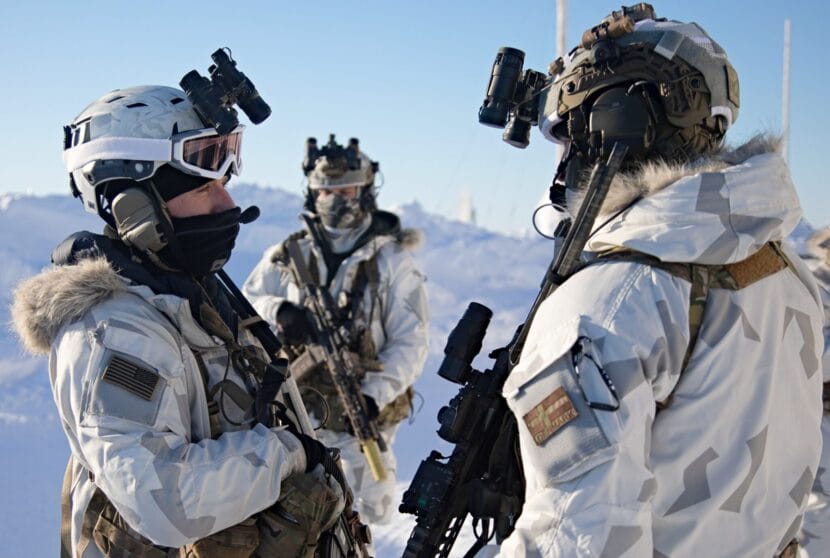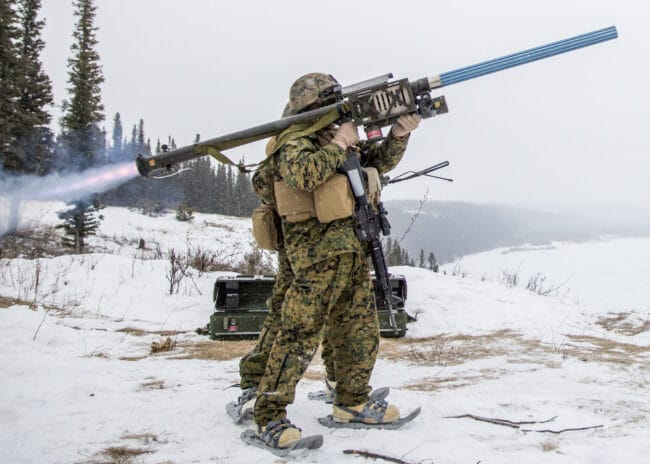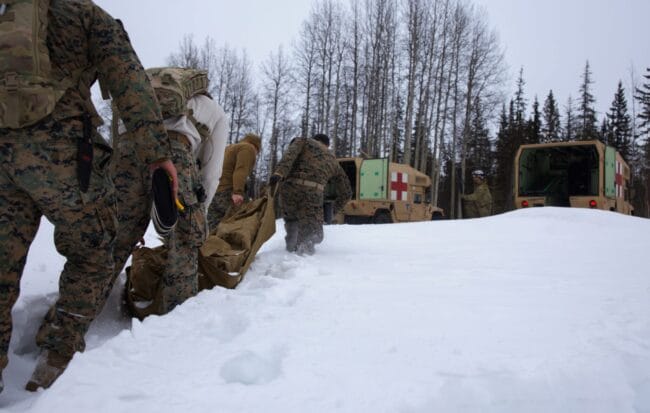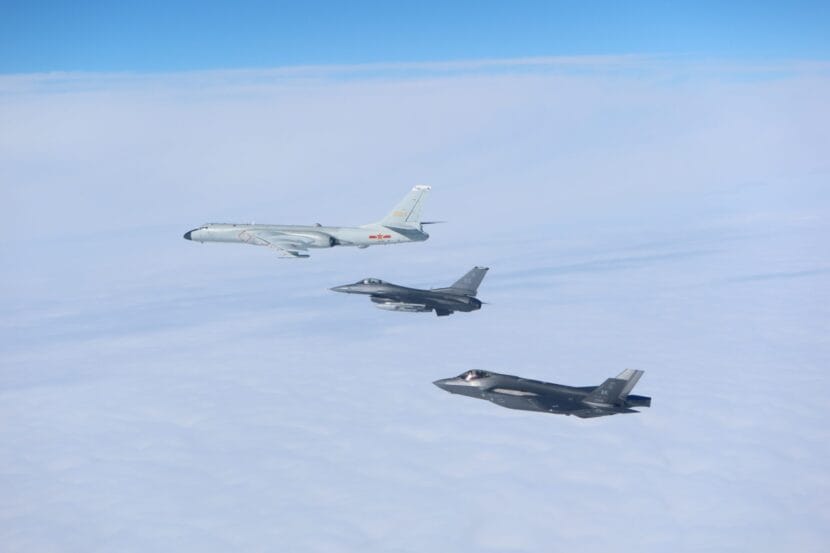
The U.S. Department of Defense Arctic strategy released on Monday highlights Alaska’s importance as the far north is increasingly militarized.
The release was timely. On Wednesday air crews from the North American Aerospace Defense Command, known as NORAD, intercepted two Chinese and two Russian military planes that were flying off Alaska’s coast.
The Chinese and Russian planes were not in U.S. airspace and were not seen as a threat, but they were in an area called the Alaska Air Defense Identification Zone, NORAD said. The incident follows one in May, in which NORAD detected and tracked four Russian military aircraft flying in the Alaskan Air Defense Identification Zone.
The new Department of Defense Arctic strategy places a sharp focus on Russia, China and the increasing cooperation of those two nations in Arctic activities.
Despite the costs of its invasion of Ukraine, Russia continues to be a threat to Arctic stability, including in areas near Alaska, the strategy said.
“In addition to nuclear, conventional, and special operations threats, Russia seeks to carry out lower-level destabilizing activities in the Arctic against the United States and our Allies, including through Global Positioning System jamming and military flights that are conducted in an unprofessional manner inconsistent with international law and custom,” it said.
Those and other Russian activities could hinder U.S. capabilities to respond to crisis events, the strategy said. Additionally, “Russia’s maritime infrastructure could allow it to enforce excessive and illegal maritime claims along the Northern Sea Route (NSR) between the Bering Strait and Kara Strait,” it said.

China’s expanding presence in the Arctic and its emerging cooperation with Russia — something on which the latter country is becoming increasingly reliant as its isolation and costs of the Ukraine war mount — can also be seen off the Alaska coast, the strategy document said. It mentioned joint Russia-China navy exercises held in 2022 and 2023 in international waters off Alaska’s coast.
The focus on China and Russia are important elements of the department’s Arctic strategy, which updates the previous strategy issued in 2015, said Iris Ferguson, deputy assistant secretary of defense for Arctic and global resilience.
“There has been quite a bit of change just over that last five years,” Ferguson said at a panel discussion held on Tuesday by the Wilson Center in Washington, D.C. The center is a nonpartisan research and policy organization that includes in its programs a polar institute.
Alaska is important to homeland defense, which is the top national defense priority, Ferguson said at the Wilson Center’s panel discussion.
“As it turns out, the Arctic plays an incredibly important role in homeland defense,” she said. “We have an immense amount of our own defense assets that reside in the Arctic region, especially in Alaska, not only to protect our homeland but also to protect from Alaska elsewhere.”
The newly released Arctic strategy calls for the department to maintain investments in Alaska infrastructure, among other goals.
Climate change, which has changed the land and sea even over the past five years, poses other challenges to the U.S. Arctic military position, the strategy document said.

Ferguson, speaking at Tuesday’s event, said permafrost thaw and coastal erosion are compromising some facilities. Meanwhile, the retreat of sea ice is allowing for more ship traffic, she said. The accelerated melt of sea ice is having some other, lesser-known effects, she said. Research is underway to better understand how noises from thawing and melting ice, along with a bigger quantity of freshwater, might be affecting acoustic devices used by military forces, she said.
In contrast to the new threats that might be posed by Russia, China or those two nations working together, the U.S. Arctic position benefits from new alliances. Most significantly, Sweden and Finland have now joined NATO, strengthening the North American-Nordic collaborations.
Among those collaborations was the international military exercise Arctic Edge 2024, held in February and March in various parts of Alaska, which provided training on cold-weather operations. A parallel but related international exercise was held at the same time in Norway.
While the Arctic strategy emphasizes international collaborations, it also points to collaborations within Alaska that are with the state government, local governments, communities, tribal governments and other Indigenous groups.
The Department of Defense also partners with the U.S. Coast Guard on Arctic issues, Ferguson noted. She said the department is strongly supportive of the Coast Guard’s efforts to expand its icebreaking fleet, which currently consists of only two polar-class ships.
To that end, the White House earlier this month announced a new U.S.-Canada-Finland partnership to build more icebreakers. Called the Icebreaker Collaboration Effort, or ICE Pact, the partnership “is about more than the collective production of polar icebreakers and capabilities, including Arctic and polar-capable ships,” the July 11 White House statement said.
“It is about providing the capability for like-minded nations to uphold international rules, norms, and standards to sustain peace and stability in the Arctic and Antarctic regions for generations to come.”
